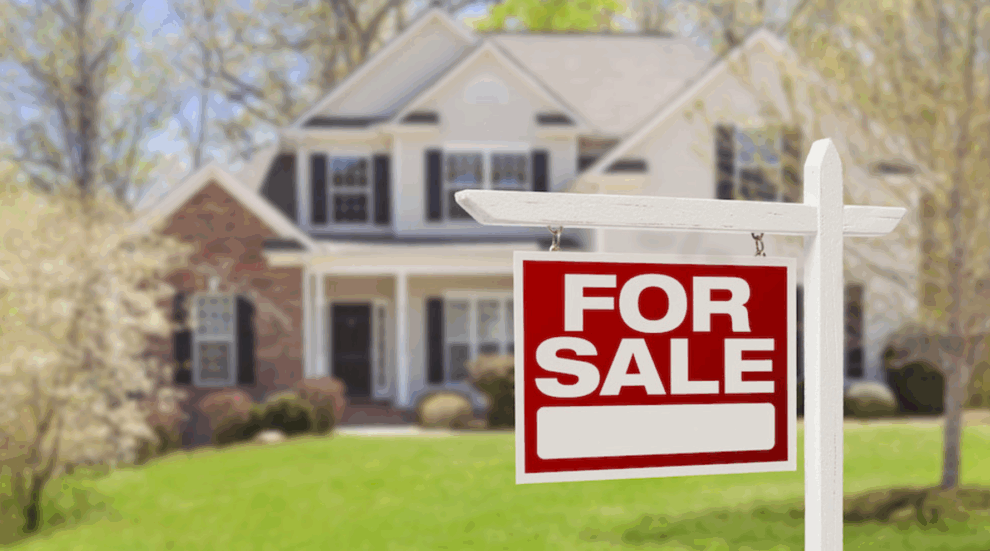In the first quarter of this year, the Lehigh Valley had a nearly-75% rate of ownership.
Recent analysis has revealed that the Lehigh Valley has the sixth-highest rate of home ownership out of the top 75 major metros in the United States.
In the first quarter of 2025, the Valley had a 74.2% rate of home ownership. The rate was up 8.3% from just 65.9% at the beginning of 2024.
Vanishaa Doshi, spokesperson for SmartAsset, said the figure “likely reflects a combination of strong demand and constrained supply, both indicators of a hot housing market.”
“When we see homeownership rise in a market with declining inventory and modest increases in both pending and closed sales, it may suggest that more buyers are successfully competing for limited housing stock, possibly due to favorable local economic conditions or increased interest from new residents,” Doshi said.
SmartAsset said the high ownership rate shows strong long-term investment and stability across the region.
Pennsylvania’s Lehigh Valley falls behind regions in Florida, New York, New Mexico, and South Carolina.
Pittsburgh was the only other Pennsylvania region to be placed in the top 20 in the analysis. It came in 12th at 72.7% home ownership.
In a report from April, the Greater Lehigh Valley Realtors reported a 1.6% increase in closed sales to 511. According to the report, the price of homes has continued to rise in the area. The average price of a home in the Lehigh Valley is now $345,000, with a limited inventory of 630 homes.
Greater Lehigh Valley Realtors CEO Justin Porembo said, “While national sales were slowed due to affordability concerns and economic uncertainty, the Lehigh Valley continues to demonstrate stability. Rising home values and motivated buyers reflect a level of confidence in our local market that sets us apart from broader trends.”
The Lehigh Valley Planning Commission has said there is a housing shortage of about 9,000 housing units in the region. To keep up with growth, analysis shows the Valley would need to add at least 54,000 more units by 2050.
Doshi said a surge in prices may incentivize landlords to potentially sell rental housing. If prices fall, it could allow new buyers who were previously priced out of the market.
“Both dynamics may be at play in the case of the Allentown metro area, as the median sale price between spring 2024 and spring 2025 remained fairly constant, growing from just $300,000 to $302,500,” Doshi said.
“Household demographic shifts can also help contribute to outsized growth in homeownership. For example, if a local job marker becomes more attractive for young high earners who do not yet have families, there may be a wider cast of potential homeowners in the mix,” she added.





